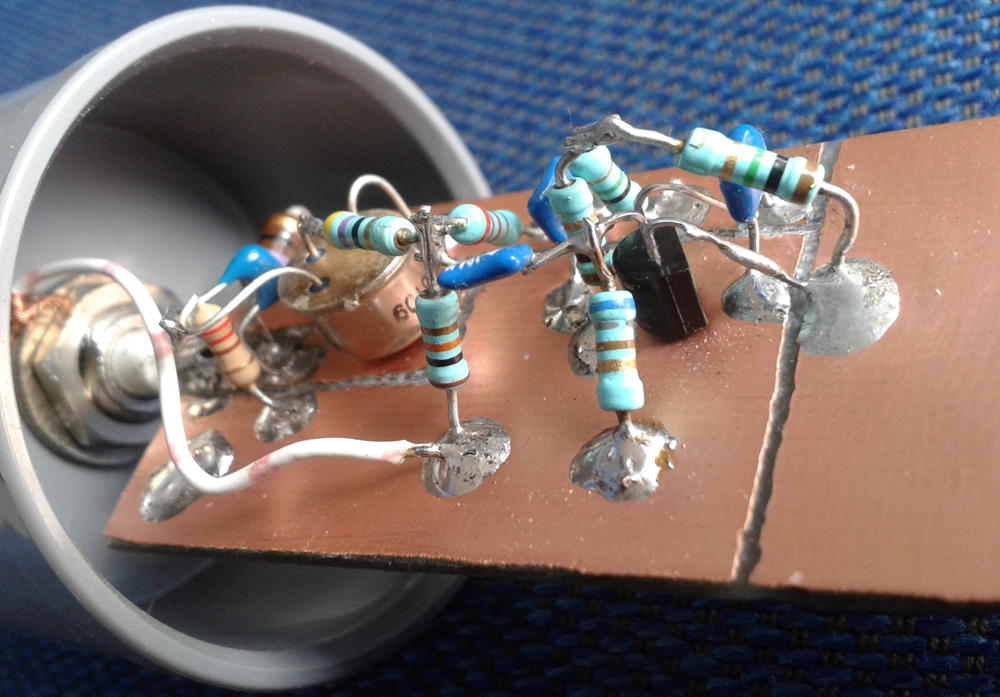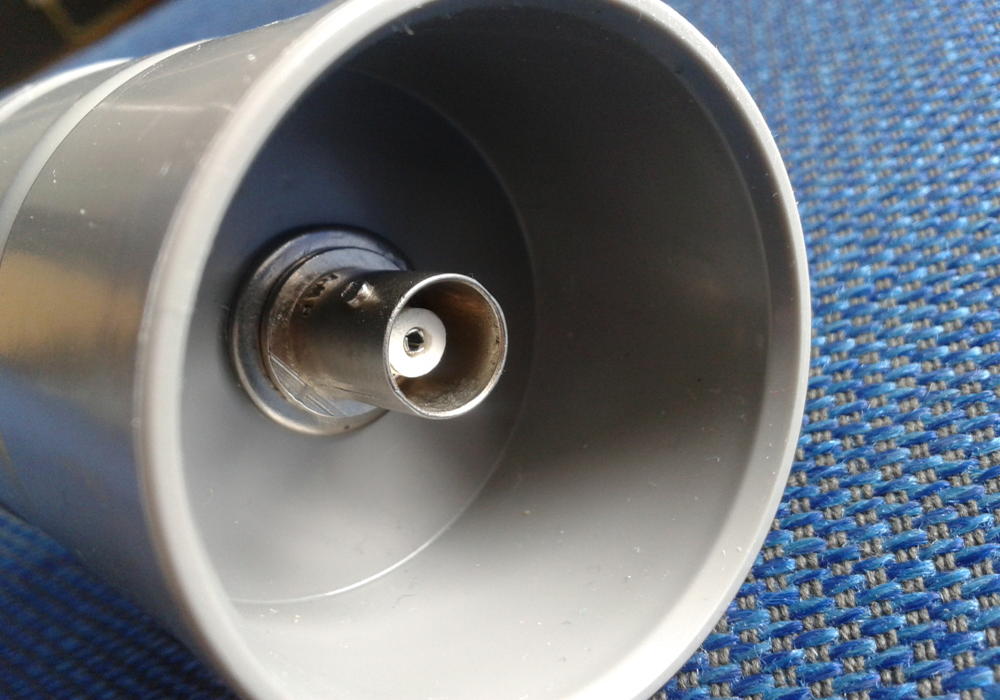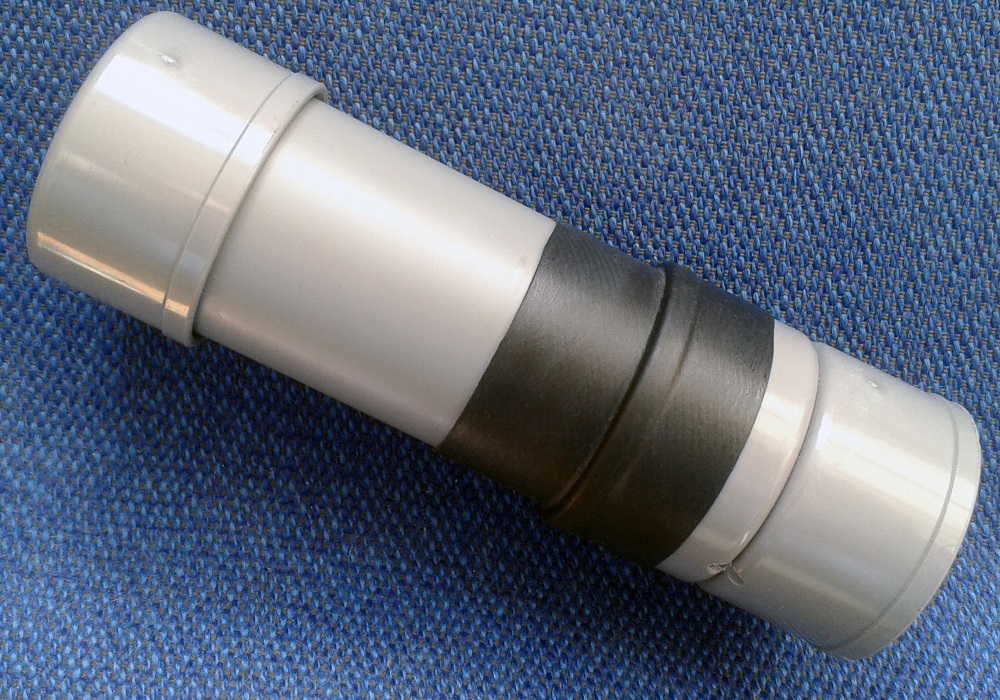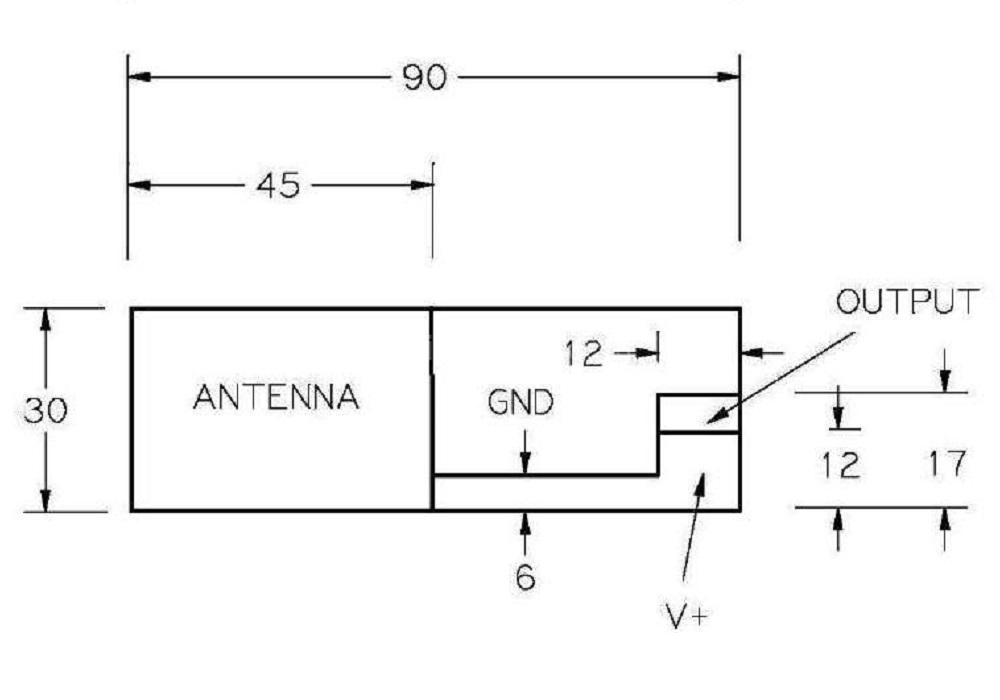MiniWhip
Well, as amateur radio operators, we have so many frequencies available for us to experiment on, how do we monitor them all?
At LF and MF frequencies, any resonant antenna length can be quite prohibitive, even for the humble suburban back yard.
Most antennas are a compromise, so, is there something that can be used for LF, MF, and a good part of the HF?
Yes, there is! Enter the PA0RDT Active Mini Whip antenna.
Firstly, the original idea and article for this version seems to be credited to Roelof Bakker, PA0RDT. Secondly,
there is also some different variations of this active antenna design on the internet.
The main reason seems to stem from people's desire to eliminate as much noise as possible, hence the inclusion of extra isolation from ground
loops/currents by including additional rf chokes and 1:1 matching transformers. These rf techniques make valid sense and should be considered for each installers application.
If you like to learn more about the MiniWhip please take a look at the webpage of Pieter-Tjerk de Boer, PA3FWM.






